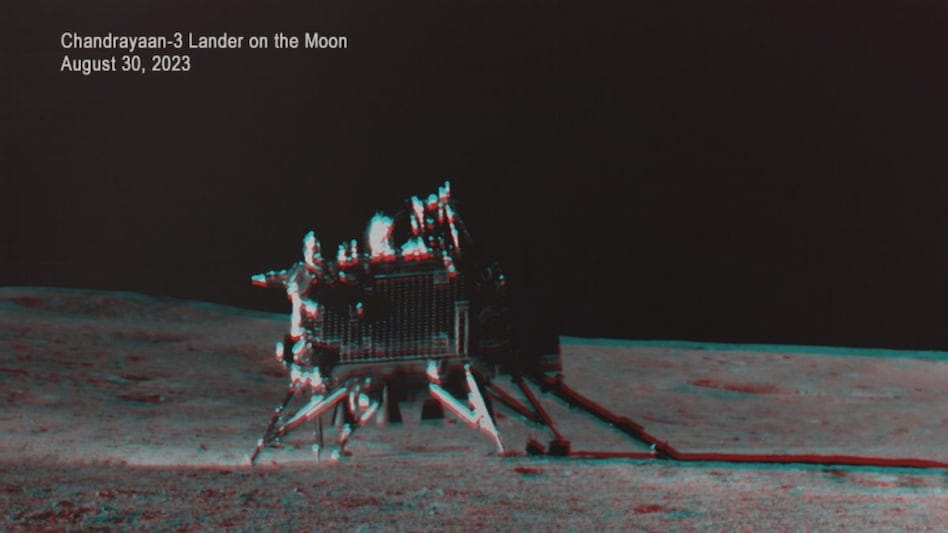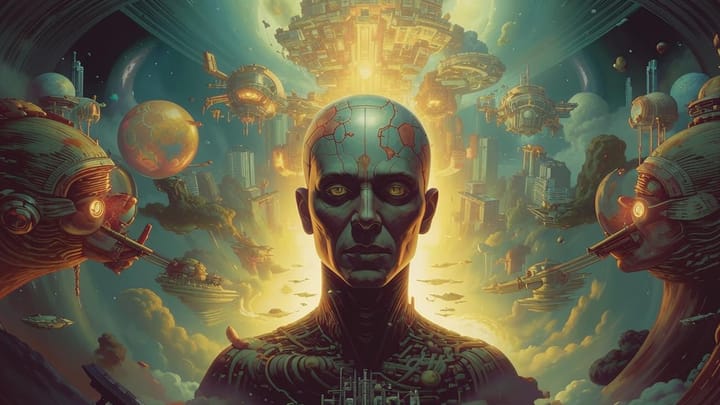Does India Exist?
History as a construct, Wallerstein’s view and alternative scenarios

The recent border conflict has brought India back into the headlines. An occasion to ponder: what is India anyway? Why is this vast, diverse region a single state, while, say, Europe is dozens of separate countries? These questions were posed by Immanuel Wallerstein in his essay with the provocative title “Does India Exist?”[1]
India today: country or continent?
As of 2024, India is the world’s most populous country (over 1.4 billion people, about 18% of the world’s population) and the seventh largest country by area, quite comparable to the entire European Union. From west to east, India stretches from London to Moscow, and from north to south from Oslo to Tunis.

A unified country hides a surprising diversity. According to the 2011 census, only 44% of the population speak Hindi as their first language. There are 121 major languages in the country, and they belong to different language families — Indo-Aryan (78% of the population) and Dravidian (20%), which predominates in the south.
And this link shows an interactive map of religions in India that illustrates just how variegated the country’s religious map is
With such ethno-linguistic and cultural diversity, one cannot help but wonder: what is India in general? Why does this region exist as a single nation while Europe, less diverse in languages and religions, is fragmented into more than 50 countries? Is modern India the result of the internal historical development of the societies of the subcontinent — or is it more of an external construct? These are the questions Immanuel Wallerstein poses in his famous essay with the provocative title “Does India Exist?”
Colonial Past
Undoubtedly, modern India exists as a sovereign state, formalized after the end of British colonial rule in 1947. But what do we mean by “India”?
British India included the territories of present-day Pakistan and Bangladesh, and neighbored British Burma. Could all these territories have formed part of a single independent country?
In the 18th century, the region was fragmented and became an arena of struggle between European powers, primarily Britain and France. After winning the Seven Years’ War (1757–1763), Britain displaced France, securing near-monopoly control through the East India Company. But let’s imagine: France maintaining influence in the south, and Britain in the north. Perhaps instead of one India, we would know two: a Hindu Hindustan and a Dravidian republic in the south?

Thus, the emergence of modern India is not the inevitable outcome of an internal process, but the result of the geopolitical configuration of the age of imperialism.
Wallerstein Theses
Immanuel Wallerstein, one of the founders of world-system analysis, sees India as an example of how the global capitalist system shapes borders and identities. In his essay, he advances three key theses.
First, India is an outgrowth of the modern capitalist world-system, which initially emerged in Europe and then gradually spread across the planet. Its existence required the creation of a certain system of inter-state relations. Within the framework of its formation and strengthening, the British in 1750–1850 created a united India. Other great powers also contributed to it to the extent that they recognized and could not change the borders. Naturally local societies and their struggle or cooperation with the British were involved in this process. On this basis the modern boundaries were not at all predetermined and could have taken a markedly different shape.
Second, he argues that Indian history is an invention of modern India. In other words, Indian history, as taught and researched today, is not just a collection of facts (at the present level of development of history as a science, we can generally trust a collection of facts), but a narrative constructed from the perspective of the modern state. Which events to consider important, which — unimportant? Which periods to lump together into a “history of a unified nation”? These decisions are made in the present, not in the past. In a different political reality — for example, in the case of two different states on the subcontinent — the accounts of the past would be quite different.
Third, there is no guarantee that India will exist in its present form in say 200 years from now. It might expand to absorb its neighbors or, conversely, break up into several large parts. If Indian history now describes the preceding 2,500 years as leading to a unified state, in the latter case, a unified India would be just one short-lived episode in the history of one of the more stable and persistent e.g. Dravidian-type cultures, like the history of Yugoslavia or the Soviet Union for modern Montenegro or Uzbekistan.
Importantly, although Wallerstein formulates all these theses in relation to India, they can be applied to virtually any modern state — Brazil, Great Britain, China. Are there any essential reasons why Austria is independent today and Bavaria is not? Why is there a Canada but not the Republic of Quebec?
Conclusion
India in Wallerstein’s reflections is not an exception, but an example, a reason to think about history as modernity overturned into the past. Our modernity and the last 100–200 years inevitably influence the interpretation of older history. This can be clearly seen in the culture wars in the modern USA and in the “changing” of history in former socialist countries.
References:
1. Wallerstein I. The Essential Wallerstein. New York: The New Press, 2000. P. 310–314.



Comments ()